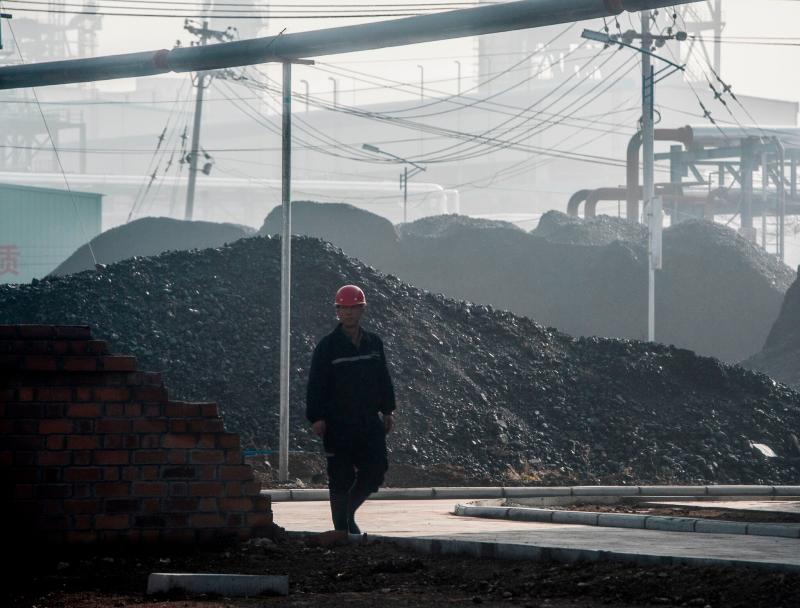
- #Exporting point cloud image with ipi studio how to
- #Exporting point cloud image with ipi studio update
- #Exporting point cloud image with ipi studio driver
- #Exporting point cloud image with ipi studio code
#Exporting point cloud image with ipi studio driver
The ksoftirqd processes pull packets off the ring buffer by calling the NAPI poll function that the device driver registered during initialization.

You can find that data sheet (warning: LARGE PDF) here for your reference. This post will examine the Intel I350 Ethernet controller, controlled by the igb device driver.

Do not adjust these settings on production machines instead make adjustments on new machines and rotate them into production, if possible.įor reference, you may want to have a copy of the device data sheet handy. Before adjusting any setting, you should develop a frame of reference around what you need to be monitoring to notice a meaningful change.Īdjusting networking settings while connected to the machine over a network is dangerous you could very easily lock yourself out or completely take out your networking. Many of the example settings provided in this blog post are used solely for illustrative purposes and are not a recommendation for or against a certain configuration or default setting. Otherwise, you can simply use the default settings, which should be good enough until further optimization (and the required investment to deduce those settings) is necessary. In some cases, perhaps, but it turns out that the entire system is so nuanced and intertwined that if you desire to have meaningful monitoring or tuning, you must strive to understand how the system functions at a deep level. This is where, I think, many operators go off track: the assumption is made that a set of sysctl settings or /proc values can simply be reused wholesale. That way you can determine and narrow down which component needs to be tuned. Ideally, you should consider measuring packet drops at each layer of the network stack. If the performance and health of your networking is critical to you or your business, you will have no choice but to invest a considerable amount of time, effort, and money into understanding how the various parts of the system interact. The networking stack is complex and there is no one size fits all solution. General advice on monitoring and tuning the Linux networking stack The information presented here builds upon the work done for Private Internet Access, which was originally published as a 5 part series starting here. Special thanks to the folks at Private Internet Access who hired us to research this information in conjunction with other network research and who have graciously allowed us to build upon the research and publish this information. This blog post will hopefully serve as a reference to anyone looking to do this.

#Exporting point cloud image with ipi studio code
It is impossible to tune or monitor the Linux networking stack without reading the source code of the kernel and having a deep understanding of what exactly is happening.
#Exporting point cloud image with ipi studio update
UPDATE Take a look at the Illustrated Guide to Monitoring and Tuning the Linux Networking Stack: Receiving Data, which adds some diagrams for the information presented below. UPDATE We’ve released the counterpart to this post: Monitoring and Tuning the Linux Networking Stack: Sending Data.
#Exporting point cloud image with ipi studio how to
This blog post explains how computers running the Linux kernel receive packets, as well as how to monitor and tune each component of the networking stack as packets flow from the network toward userland programs.


 0 kommentar(er)
0 kommentar(er)
